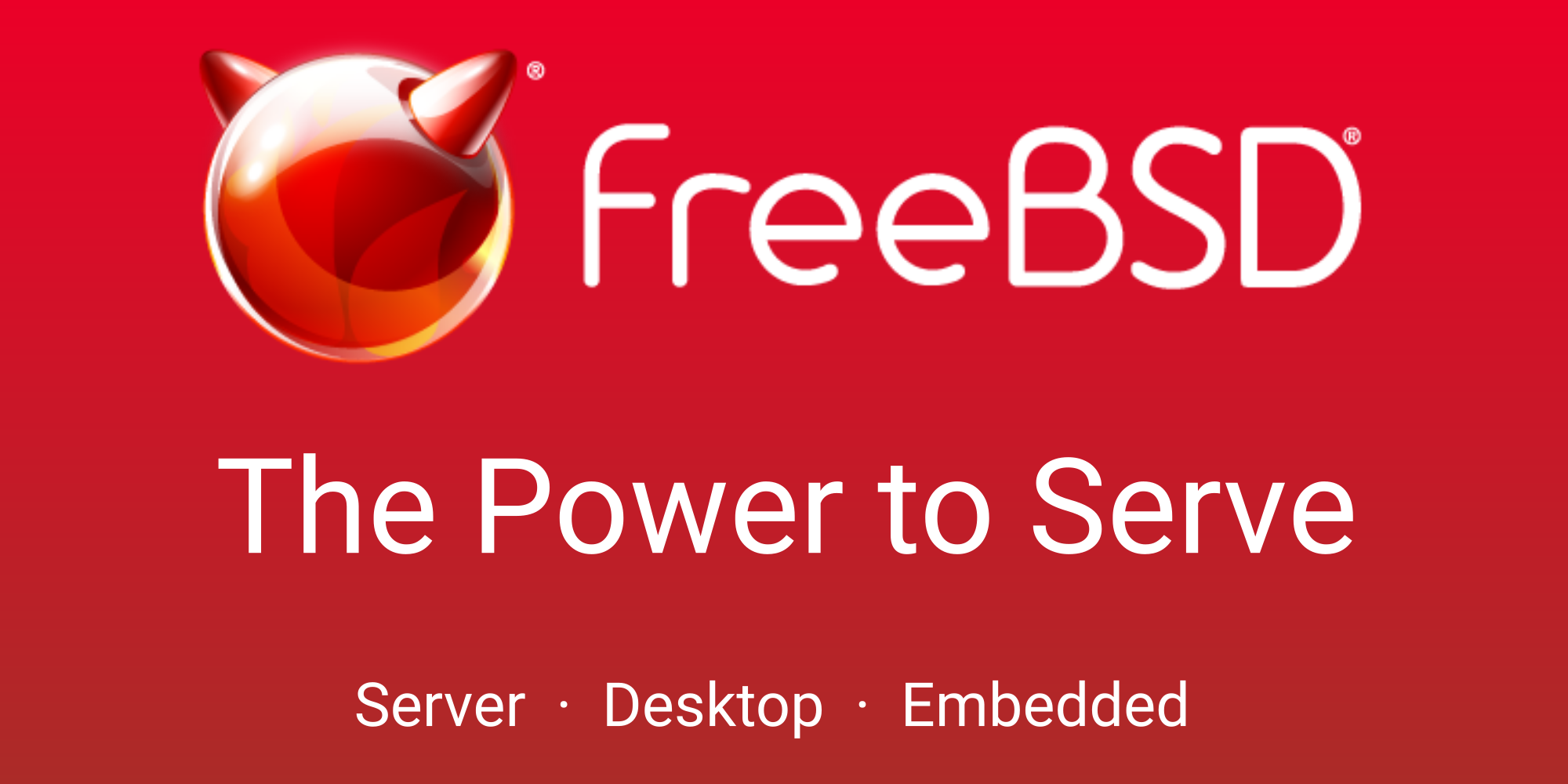Hi all again, hope all is well with you folks.
I did some searching, found older articles, so I thought I would start a more fresh discussion. I am interested in some home automation ("some" currently means turning some lights on/off), and although I can easily buy 'smart' stuff at big box stores, I am wanting to avoid that for various reasons, and thus am wondering what technology and products are available to use with FreeBSD. Some points to clarify what I am thinking / wondering.
I would like:
I realize X10 and other competing products have been around for ages, but they often use RF, or inject signals in your power wires, and from what I understand 'interference' issue can be common. As for the 'smart home' products, brands and technology seem to come and go like the wind.
So what options do I have folks?
As always, thanks again in advanced.
I did some searching, found older articles, so I thought I would start a more fresh discussion. I am interested in some home automation ("some" currently means turning some lights on/off), and although I can easily buy 'smart' stuff at big box stores, I am wanting to avoid that for various reasons, and thus am wondering what technology and products are available to use with FreeBSD. Some points to clarify what I am thinking / wondering.
I would like:
- 'Switching modules' to be LAN/Wifi/IP based instead of RF based. (For various reasons).
- Products to be open source based.
- System works with FreeBSD ports that are actively being developed & updated.
- Said port(s) provide a web page for me to monitor and control the switching modules.
- An application to install on an Android device, as an alternative to web page use, to work with the FreeBSD port.
- Little to no custom coding involved.
- The whole complete system works wonderfully well, and the tecnically challenged folks in my house could use it easily.
I realize X10 and other competing products have been around for ages, but they often use RF, or inject signals in your power wires, and from what I understand 'interference' issue can be common. As for the 'smart home' products, brands and technology seem to come and go like the wind.
So what options do I have folks?
As always, thanks again in advanced.

